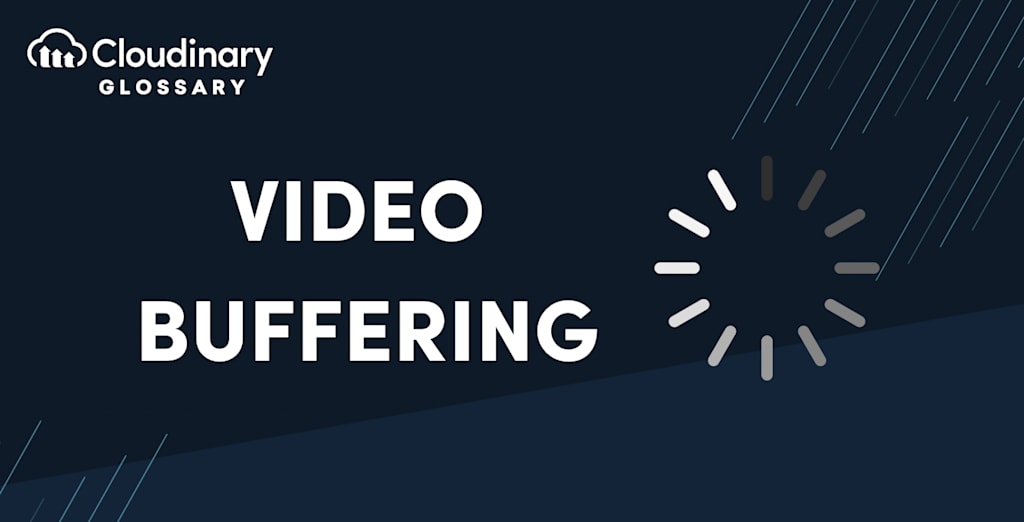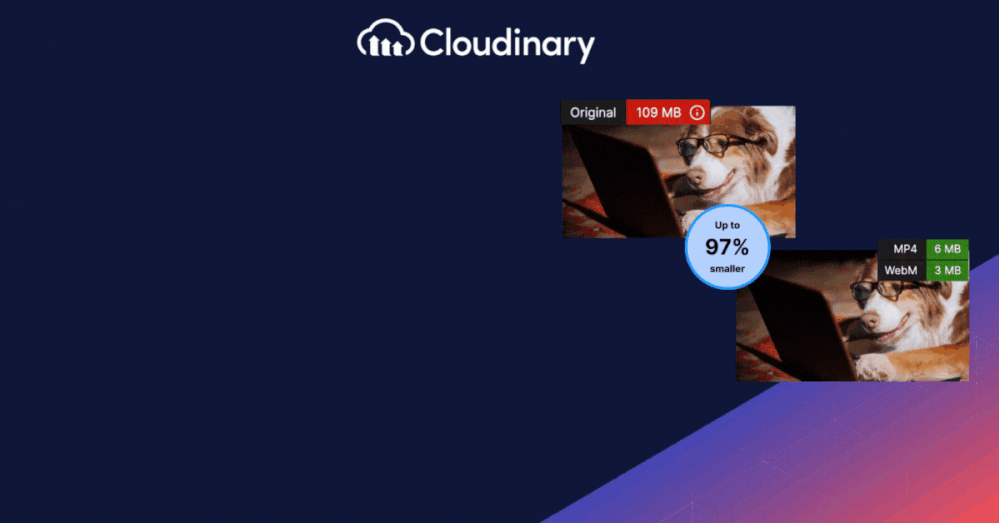Streaming videos is a great way to enjoy your favorite shows, movies, games, and more. But if you experience frequent buffering or streaming interruptions, it can be frustrating! We’re here to help explain what causes these issues, how they affect your viewing experience, and how to avoid them.
What Is Video Buffering?
Buffering is the process of preloading data into a reserved area of memory called a buffer. When streaming video or audio, buffering helps the software save a certain amount of data before it starts playing. This technical aspect of buffering ensures that data is readily available when needed, especially by a computer’s processing units.
Video buffering is when a video stops playing because it can’t keep up with your internet connection speed. This can happen when your internet connection is slow or if there is not enough memory on your computer or device to keep up with the video.
It also happens on websites that use a lot of bandwidth, such as Facebook Live and YouTube, which are popular for live streaming.
Buffering allows data to be accessed more quickly when a computer’s processing units need it, such as a GPU for video games or a CPU for general computer processing. This ensures smoother playback and better performance, especially in demanding applications that may benefit from adaptive bitrate streaming.
How to Avoid Buffering?
To avoid buffering as a user, you can:
- Use a VPN. A virtual private network (VPN) extends a private network across a public network like the internet, allowing users to send and receive data across shared or public networks as if their devices were directly connected to the private network. A VPN can help prevent buffering by increasing your internet speed so that videos load faster and play smoothly without any interruptions or delays.
- Reduce video quality. Some websites, such as YouTube or Twitch, offer multiple levels of quality, from 240p up to 4k. By reducing the video quality, slower internet connections or weaker computers can buffer video content faster.
- Use good quality internet connection and streaming device(s). Older devices, poor WiFi signals, or poor internet speeds can all affect your viewing experience. Many older devices lack the hardware for modern video streaming, and slow internet speeds can’t handle high-quality video playback. By upgrading, you may be able to solve these issues, even if it’s just a more modern WiFi router or the next tier of internet services.
To make sure your videos don’t buffer, use Cloudinary:
A user can experience video buffering when videos take time to load on a browser. One solution is to increase the speed of loading a video by decreasing its size. Video optimization with Cloudinary allows you to compress your videos’ file size and reduce the loading time.
Cloudinary offers a rich set of video encoding, transcoding, and delivery options that let you dynamically deliver optimized video with the best possible quality for any device, network connection, or bandwidth limitation. Video encoding settings, such as compression levels and quality, can be set globally for all videos stored in your Cloudinary account,(it’s free) or you can use Custom Video Upload Settings to configure individual videos with different settings.
Additional Resources You May Find Useful:



